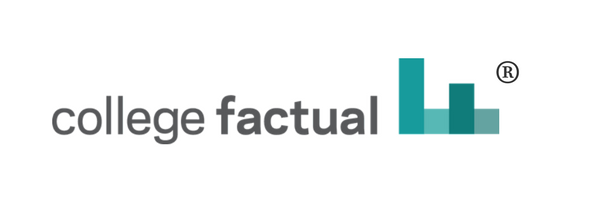A College Counseling Crisis is Here... We Just Don't Know It
/What's the average ratio of student to high school counselor? 471 to 1. Surprised? Shocked, even? For the vast majority of high school students who rely on guidance counselors to help them with their college journey, this is is a growing and largely unseen problem. As The Hechinger Report recently pointed out, there is a:
...critical shortage of competent counselors capable of giving advice to college-going high school students, precisely when the country needs more Americans to get degrees — and when getting into college is more expensive and more confusing than ever.
In some states it's even worse. Lynell Englemyer, founder of College Application Wizard, cites these statistics:
In California, the counselor to student ratio has increased from 1-to-810 before the 2008 economic downturn to 1-to-1,016 across all grades K-12
In Philadelphia, Pennsylvania?
Through the first six weeks of school, 16 “itinerant” (or traveling) counselors were responsible for 48,000 students in 115 of the district’s schools, that’s a ratio of 1 to 3,000.
This lack of qualified guidance counselors in the public school system is impacting those students who need it the most. The Hechinger Report goes on to say:
The result is an overtaxed system in which many students fall through the cracks and either never go to college, go to institutions that are the wrong matches for them, or never learn about financial aid for which they may qualify.
Examples range from low-income, nonwhite, and ethnic minority valedictorians and first-generation college applicants who shy away from elite schools to freshmen who rely more on friends and relatives than counselors for advice about college.
This makes it imperative that students educate themselves on what is out there to assist them in their college search.
- Understand your strengths and your interests. Before you even look at a college, think about what you have a natural affinity for and what interests you the most. You can utilize programs like the College Factual Majors Matcher which guides you through a series of questions to help you learn about a variety of majors and decide on the ones that best suit you.
- Understand your financial needs. FinAid.org offers a wealth of info, including some excellent calculators that will help you understand how much you may be expected to contribute to college, based on income.
- Compare both public and private colleges. Public colleges often offer lower tuition, but private colleges often provide high-achieving, low-income students with scholarships and grant aid to counteract higher tuition and fees. Start with listings of the best colleges for the money in your state, and then look in your region and nationwide, to familiarize yourself with what might be possible.
- Understand the difference between a reach school, a match and a safety - and then what that means for you specifically, based on your test scores, your GPA and your extra-curricular activities. This article at USAToday is a good place to start.
- Once you have several possibilities, finalize the list by comparing one to the other. You can run a quick customized rankings list and if you haven't been able to visit the college campus in person, you can even take virtual tours.
- Now you are ready for the application process. Organization is key, and that's where tools such as College Application Wizard can really make a difference. And, remember, you can't know the college is going to say 'No', if you never apply!
Now you can take a well-deserved break while you begin the waiting game to find out where you've been accepted, secure in the knowledge that you are happy with all your choices.
The guidance counselor shortage may be upon us, but it doesn't have to prevent you from achieving your college dreams.







